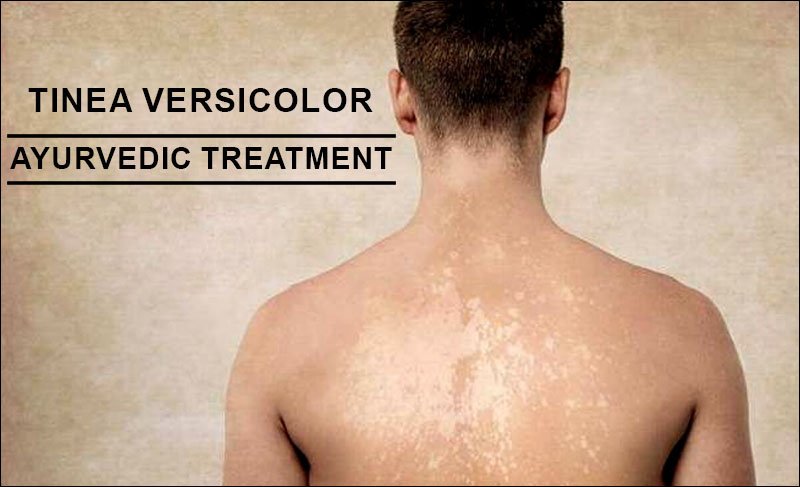Tinea versicolor treatment natural remedies supplements
Welcome to my blog! Today, I want to talk about an annoying skin condition called Tinea Versicolor. It's a common fungal infection that affects the skin, causing discolored patches and sometimes itching. Don't worry, though, because there are effective treatments available. Let's dive in!
Tinea Versicolor

Tinea versicolor, also known as pityriasis versicolor, is a fungal infection caused by an overgrowth of yeast on the skin. This condition mainly affects young adults, especially those who live in hot and humid climates. The yeast responsible for tinea versicolor is naturally present on everyone's skin, but certain factors can trigger its overgrowth.
If you have tinea versicolor, you may notice patches of skin that are lighter or darker than the surrounding skin. These patches can be white, pink, tan, or brown and are more noticeable on tanned or darker skin. They can appear on various parts of the body, including the chest, back, neck, and arms.
Treatment Options

Now that you know about tinea versicolor, let's talk about treatment options. There are several effective methods available to combat this pesky fungal infection.
1. Antifungal Medications:
Over-the-counter antifungal creams, lotions, or shampoos can be used to treat mild cases of tinea versicolor. These products often contain active ingredients like selenium sulfide, ketoconazole, or pyrithione zinc, which help to kill the yeast on the skin.
Prescription-strength antifungal medications may be necessary for more severe or persistent cases of tinea versicolor. Your healthcare provider may recommend topical creams or oral medications to help clear the infection.
2. Natural Remedies:
In addition to traditional medical treatments, some people find relief from tinea versicolor using natural remedies. These remedies can help to alleviate symptoms and prevent future outbreaks. Some popular natural treatments include:
- Apple Cider Vinegar: Applying diluted apple cider vinegar to the affected area can help balance the pH level of the skin and inhibit the growth of the yeast.
- Tea Tree Oil: This essential oil has antifungal properties and can be diluted with a carrier oil, like coconut oil, before applying to the skin.
- Aloe Vera: The natural soothing properties of aloe vera gel can provide relief from itching and help heal the skin.
Prevention Tips
Preventing tinea versicolor is easier than treating it. Follow these simple tips to reduce your risk of developing this fungal infection:
1. Keep your skin clean and dry, especially in warm and humid environments.
2. Avoid excessive sweating by wearing loose, breathable clothing.
3. Change out of sweaty clothes, swimwear, or workout gear as soon as possible.
4. Use antifungal powders or sprays in areas prone to sweating, such as the chest or underarms.
5. Avoid excessive exposure to the sun and use sunscreen to protect your skin.
Remember, if you suspect you have tinea versicolor, it's always best to consult with a healthcare professional for an accurate diagnosis and appropriate treatment.
I hope you found this information helpful and informative. Stay tuned for more health-related updates on my blog!